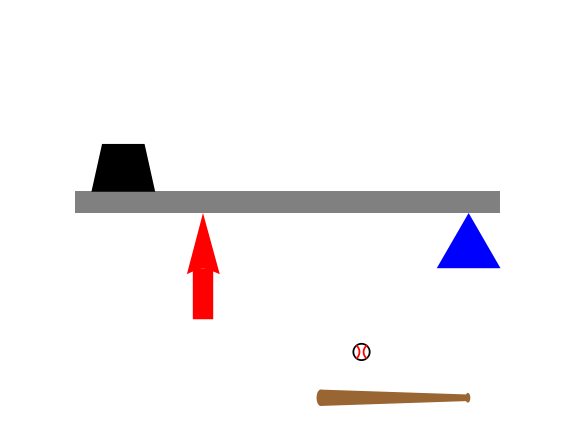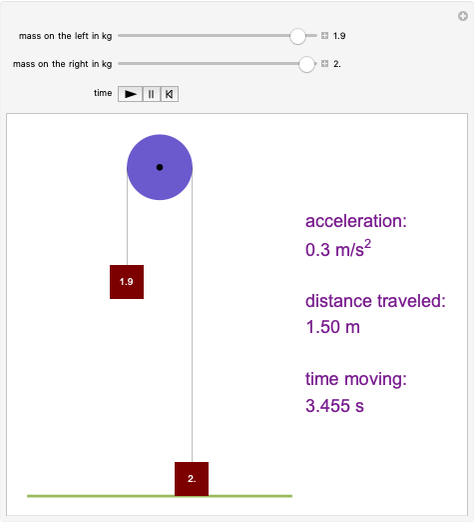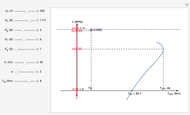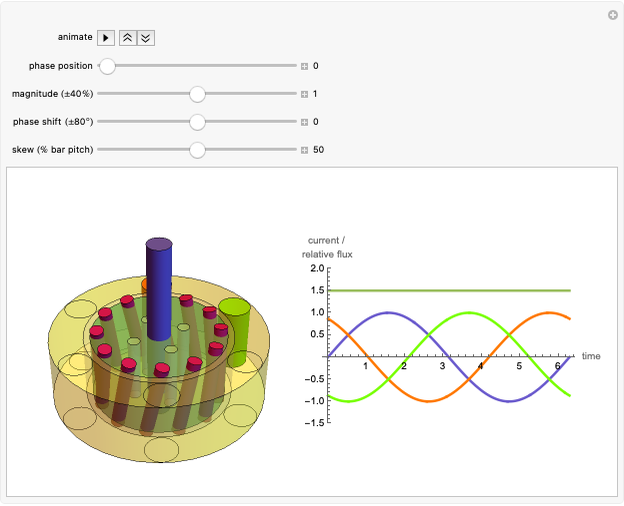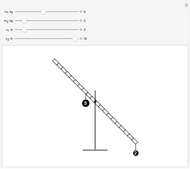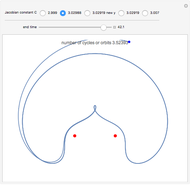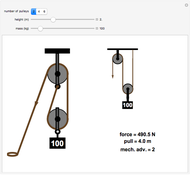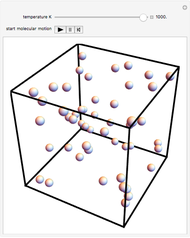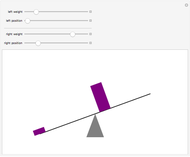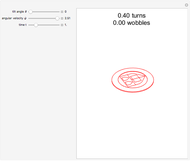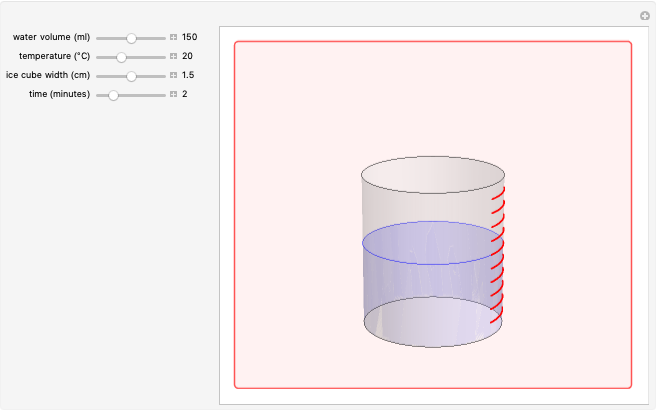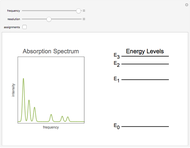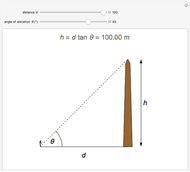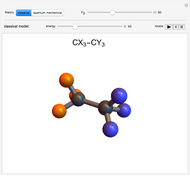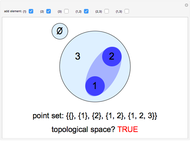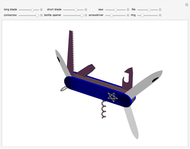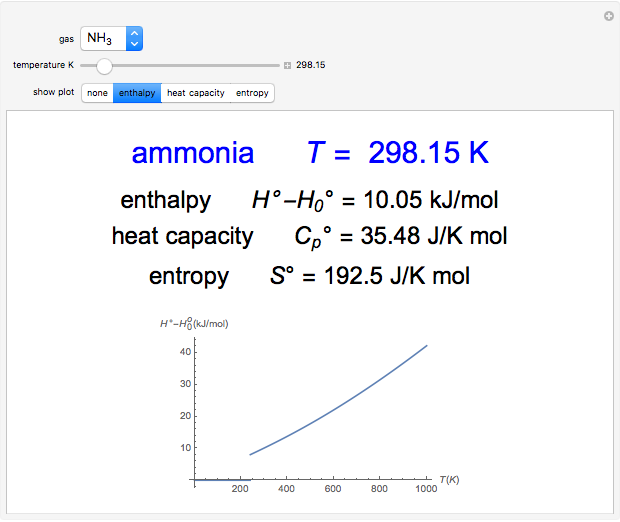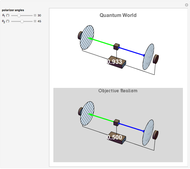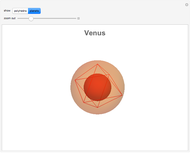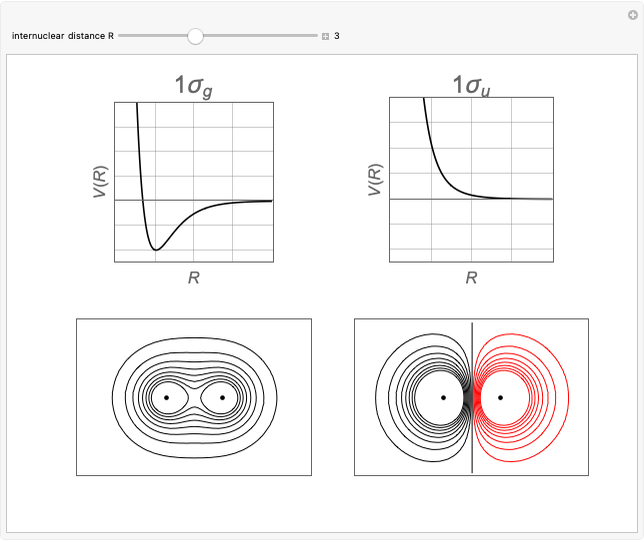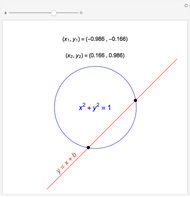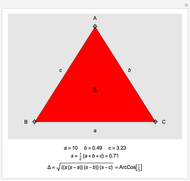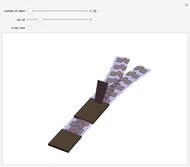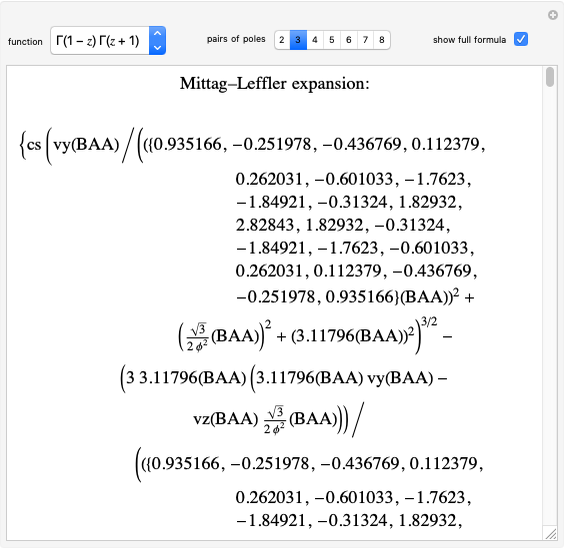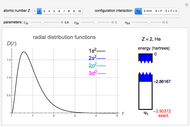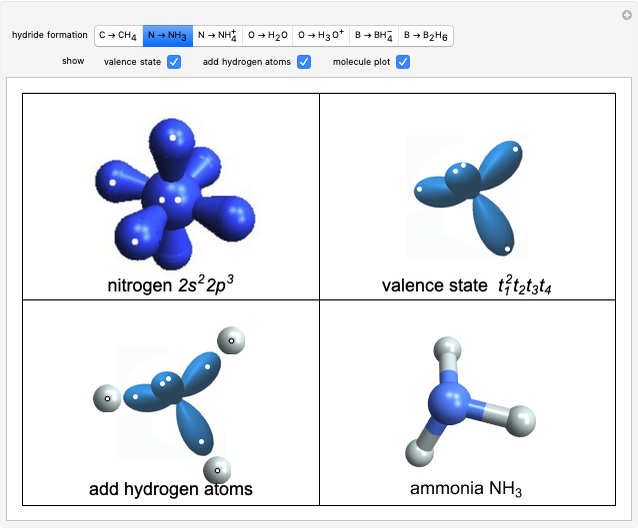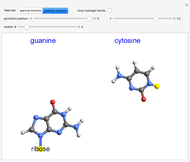Three Classes of Levers

Requires a Wolfram Notebook System
Interact on desktop, mobile and cloud with the free Wolfram Player or other Wolfram Language products.
The lever is a simple machine that provides mechanical advantage to magnify the force necessary to overcome a resistance. Levers were known to the ancient Greeks, having been described by Archimedes in the Third Century BCE. Three classes of lever differ in their configuration of the fulcrum, load, and force, shown as a blue triangle, black weight, and red arrow, respectively. Class 1 levers have the fulcrum in the central position, with the force applied at one end to move the load at the other end in the opposite direction. Examples are scissors and pliers (actually both double levers), crowbars, claw hammers (when used to pull out nails), and seesaws. Class 2 levers have the load in the central position with the force at one end making it move the same direction around the fulcrum at the opposite end. Examples are the nutcracker (again a double lever) and wheelbarrow. Class 3 levers apply the force in the central position, again to impel the load in the same direction, for example, baseball bats, tennis rackets, human arms, tweezers, and doors.
[more]
Contributed by: S. M. Blinder (March 2011)
Open content licensed under CC BY-NC-SA
Snapshots
Details
detailSectionParagraphPermanent Citation
"Three Classes of Levers"
http://demonstrations.wolfram.com/ThreeClassesOfLevers/
Wolfram Demonstrations Project
Published: March 7 2011
